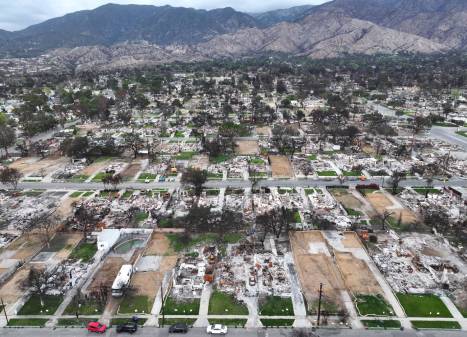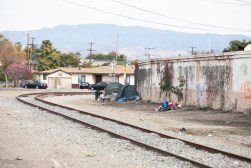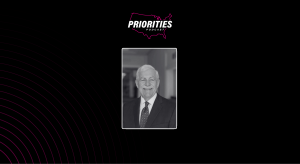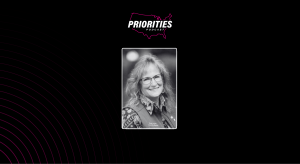LA County’s new predictive model shows early success in homelessness prevention unit
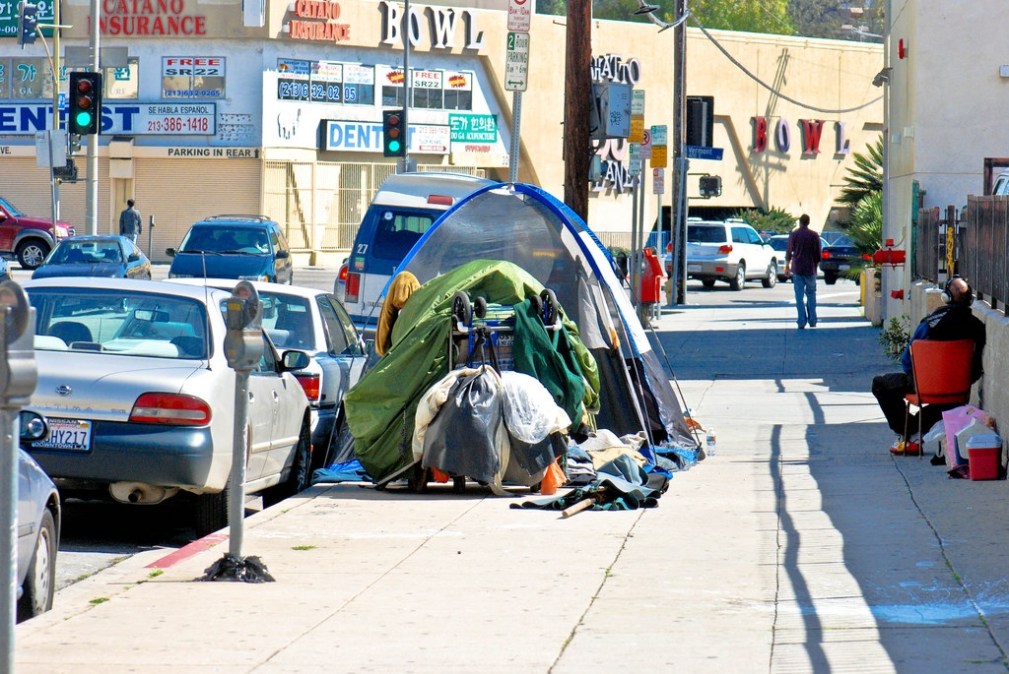
A recent report from the California Policy Lab shows that Los Angeles County’s Homelessness Prevention Unit, a new program in the county’s Department of Health Services that uses predictive analytics to identify individuals at risk of becoming homeless, is showing early signs of success.
The model, developed by the California Policy Lab at the University of Los Angeles, pulls hundreds of data points from various county agencies, including the Department of Public Social Services, Department of Mental Health and Department of Health Services, to identify individuals at the highest risk of becoming homeless in the next 12 months. The county uses the information to help connect them to stabilizing services before they lose their housing.
According to the report, which analyzed the program’s pilot phase from May 2022 to February 2023, enrolled individuals were 71% less likely to need street outreach or temporary shelters within 18 months. The report also found that participating individuals experienced lower rates of homelessness, mental health crises or criminal justice involvement compared to similar high-risk individuals who did not enroll.
Dana Vanderford, associate director of the HPU, said most of high-risk individuals exhibit homelessness indicators, hardship events such as hospitalizations, mental health crisis holds, criminal legal involvement or deaths in the family, at a higher rate than the overall eligible population.
“The model has 580 factors, so it’s a pretty complicated representation of a person’s risk, using things like emergency room visits, arrests, interactions with probation, a client’s recent attempt to apply for new benefits,” Vanderford said. “So it’s these sort of peripheral, but crisis-level and frequent interactions that somebody’s having with the county that we think are clues to sort of broader instability, including potential instability in their housing.”
Vanderford said the model combs through the county’s administrative data to find people who are not already homeless or connected with stabilizing services. The county engages in persistent outreach to ensure they enroll.
“We make three call attempts to every prospective client,” she said. “We send letters to every address that we have on file. We send emails. We work really hard to try to get in touch with a population of people who are pretty hard to get in touch with, and are not expecting our call. Our clients didn’t raise their hand and ask to enroll in this program, so we are proactively identifying them and outreaching to them.”
Vanderford said that initially the program struggled convincing people to sign up for services, but a dedicated outreach team achieved a 67% increase in enrollment numbers.
“Cold calling folks with complex health and mental health needs is really an art and not a science, and it is an extremely human process that requires a lot of patience, a lot of persistence and flexibility,” she said.
The program provides an average of six months of case management tailored to participants’ unique service needs. Each participant is assigned a case manager, provided an average of nearly $6,500 for housing stability or return to work and assisted in applying for other county supportive services, like job training or mental health treatment.
The California Policy Lab claims the model is fairly accurate, but bias is a persistent concern with predictive algorithms. A 2016 ProPublica study on the COMPAS algorithm, used to predict recidivism risk in the U.S. court system, found that Black defendants were almost twice as likely to be incorrectly classified as high-risk compared to white defendants.
A 2024 report evaluating whether Los Angeles County’s predictive model performed similarly for people across race, ethnicity and gender, found that it was slightly better at predicting Black people who were at risk of homelessness, but otherwise “found no differences in the model’s performance.”
Vanderford acknowledged the “dark side” of using artificial intelligence to predict the outcome of people’s lives, but said that without the model, many of the people identified would not have connected to county services on their own.
“We know that at its worst, AI predictive analytics can be used to inflict harm on communities,” she said. “There’s some truth to all of that, but it’s a real strong justification for a program that is going to find those people who otherwise will not connect to resources, and I think have a real likelihood of becoming chronically homeless.”
Last month, the Los Angeles Housing Authority released findings from the 2025 Point-in-Time Count, an annual count of sheltered and unsheltered people experiencing homelessness on a single night in January. It showed a decrease in homelessness across the county for the second consecutive year. According to the numbers, homelessness declined by 4% across Los Angeles County, falling to 72,308 people, and also in the City of Los Angeles, decreasing to 43,699 people.
